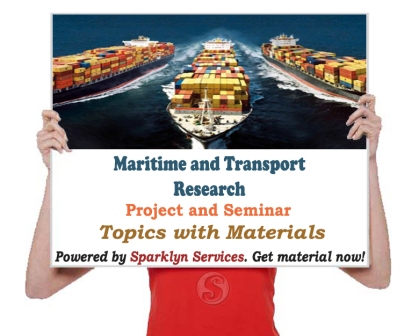1.0 Introduction
1.1 Background of the Study
The economy has transitioned to what some call ‘The Age of Information'- an economy in which gross domestic product is increasingly dominated by services. Services permeate every aspect of our lives. We use transportation services; restaurant services; hotels; electricity and telephones; postal, courier and maintenance services; services of hairdressers; services of public relations and advertising firms; lawyers; physicians; dentists; stockbrokers and insurance agents; movie theatres; and swimming pools and Disney-style theme parks (Bateson and Hoffman, 2009). When we do buy goods, such as new car or a washing machine, we often still rely on services to keep them running and repair them when they break down. Services allow us to budget our time as well as our money (Bateson and Hoffman, 2009).
“The twentieth century was the age of machine; the twenty-first century will be the age of people” (Kanter as in Kermally, 2006). Buzzwords like globalization, empowerment, cross functional teams, downsizing, learning organizations and knowledge workers are changing the way of life of managers and the way they manage people (Kermally, 2006). The maritime industry is a prime example of a globalized industry now attached loosely to national sovereignties. Maritime differs from other examples of global business, such as fast-food chains and the auto industries, in that its physical capital is itself movable in a way that a burger kiosk or car plant is not. Due to this feature of the industry, strategic and human relations have a mobile dimension not shared by the general run of manufacturing and transport industries (Klikauer and Morris, 2003). Advancing globalization, more flexible tax regimes and an increasing mobile workforce are creating opportunities and challenges for the maritime industry. New corporate strategies and processes are required to deal with an industry which is being reshaped through market consolidation and shifts in the balance of world trade.
1.2 Statement of the Problem
Managing people is not a matter of manipulation. It is about working with your staff and colleagues (human resources) on a partnership basis to achieve the strategic goals of the organization (Kermally, 2006). The most important contribution management needs to make in the 21st century is to increase the productivity of knowledge work and knowledge workers (Drucker, 2009). Human beings are not bulk goods.
They come in different shapes and forms. To attract and retain people, we have to treat them as individuals. Today's employees are more questioning and demanding. They are confident enough to air their concerns, grievances and aspirations. Brainpower dominates modern organizations. It is their essence. We are increasingly competing on competence. People can make your organization, your products and your service solutions unique.
How you manage and lead people and how you organize your operations, determines whether you succeed (Thite, 2004) and there is only one valid definition of business purpose, i.e., to create a customer (Drucker, 2004). Excellent industries are close to their customers; other industries talk about it and the excellent industries do it (Peter and Waterman, 2002). One must define one's business not in terms of product made or sold but in terms of what needs of the customer are satisfied, i.e., in terms of what service is provided to the customer (Levitt, 2006).
1.3 Objectives of the Study
The study sought to evaluate the dynamics of human relations in the marine industry. Specifically, the study sought to;
- To assess the practices regarding human resources in maritime industries.
- To assess the development and performance appraisal of human resources in maritime industries.
- To assess the compensation practices in maritime industries.
- To identify the contemporary HR practices (like workforce diversity) being practiced in maritime industries.
1.4 Significance of the Study
This study will be of immense benefit to other researchers who intend to know more on this study and can also be used by non-researchers to build more on their research work. This study contributes to knowledge and could serve as a guide for other study.




